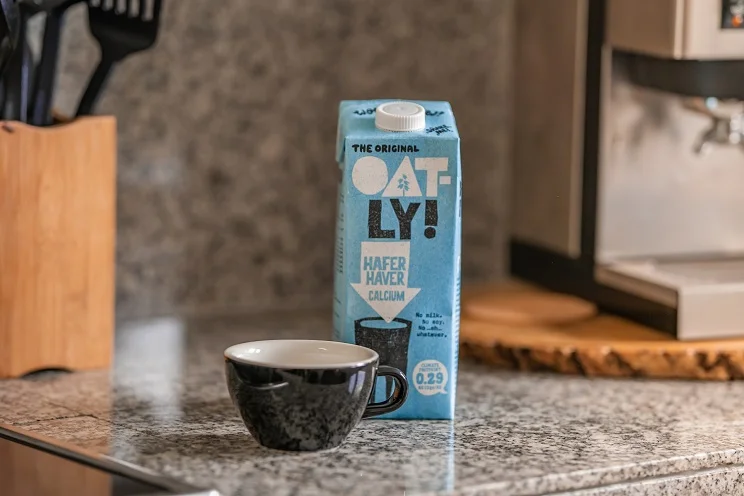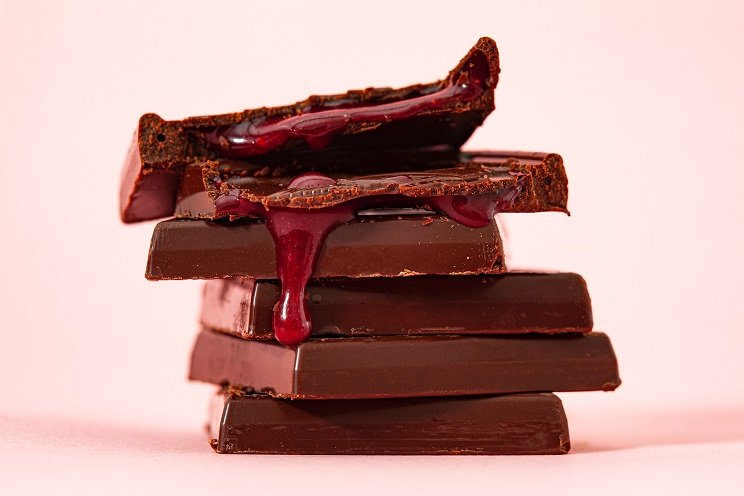Yes, cats can eat lettuce like butter lettuce because it’s safe and provides water and folate, which is good for them.
Key Takeaways
- Cats can safely eat lettuce, which adds hydration and vitamins to their diet, but only in small amounts to avoid stomach problems.
- Washing lettuce before feeding it to your cat removes harmful chemicals, and cutting it into bite – sized pieces prevents choking hazards.
- Iceberg, Romaine, Buttercrunch, and Green Leaf Lettuce are types of lettuce that are safe for cats. Each kind offers different health benefits like fiber and essential vitamins.
- Spinach and bok choy are healthy alternatives to lettuce that can also add variety and nutrition to a cat’s diet. Just give them in moderation.
- Always introduce new foods like lettuce slowly to your cat’s diet to watch out for any allergic reactions or discomfort.
Is Lettuce good for cats?

Health benefits
Lettuce packs a punch with its high fiber content, aiding in a cat’s digestive health. This leafy green is like a mini hydrant for cats, thanks to its rich water content that helps keep them well-hydrated.
Feeding your feline friends some types of lettuce can offer them more than just hydration and digestion aid; it also introduces vital nutrients into their diet. For example, green leaf varieties trump others by providing essential vitamins.
From my experience, introducing small pieces of washed buttercrunch or green leaf lettuce to my cat’s diet has made noticeable changes. She seems more energized and has smoother digestion.
It’s clear that while cats are obligate carnivores, incorporating vegetables like lettuce can bring about beneficial changes in their health.
Precautions
Cats need a diet rich in meat for essential nutrients, so don’t let lettuce replace their regular meals. My cat once snacked on too much green salad and ended up ignoring her protein-rich food! This shift can lead to a nutrient imbalance since veggies like lettuce lack vital elements such as amino acids and vitamins that cats require.
Always pair small amounts of greens with their usual diet.
Introducing new foods slowly is key to avoiding digestive problems. I started giving my cat tiny bits of washed lettuce to see how she’d react. It’s crucial because some cats may have allergies or sensitive stomachs that we don’t know about until they try something different.
Make sure the lettuce is clean from pesticides and chop it into bite-sized pieces to prevent choking hazards. Monitor your cat for any signs of discomfort or allergic reactions after trying new vegetables.
Types of Lettuce that are Safe for Cats
Cats can safely munch on several types of lettuce. These include Iceberg, Romaine, Buttercrunch, and Green Leaf Lettuce.
Iceberg Lettuce
Iceberg lettuce is a type of salad green that many people enjoy for its crunchy texture. It’s also a treat that you can safely share with your cat. This type of lettuce is easy to find in stores and makes a good, crispy snack for your feline friend.
My cat loves the crunch it offers, almost as if she’s chowing down on a mouse instead of leafy greens.
This lettuce has water and fiber which can help keep your cat hydrated and may aid in preventing constipation. Although iceberg lettuce doesn’t pack as many nutrients as some other veggies, it’s not harmful to cats if given occasionally.
I make sure to tear it into small pieces before offering, ensuring my cat can easily eat them without any issues.
Romaine Lettuce
Romaine lettuce is good for cats to eat. It has vitamins K and C, which help keep your cat healthy. This type of lettuce also comes packed with minerals like magnesium, phosphorus, and potassium.
These are all key nutrients that support a cat’s overall well-being.
This leafy green provides 1.3g of dietary fiber per one hundred grams. Fiber helps cats digest their food better. So, adding romaine lettuce to your pet’s diet might aid in their digestion process.
Plus, it’s a safe choice when thinking about what greens to feed your feline friend.
Buttercrunch Lettuce
Buttercrunch lettuce is a type of leafy green that’s not only safe but also beneficial for cats to munch on. It’s full of water, which helps keep your cat hydrated. This crunchy snack is packed with fiber and vital nutrients such as vitamins A, C, and K, promoting health and longevity in felines.
My cat loves the soft texture and often enjoys it as a refreshing treat.
Feeding your furry friend buttercrunch lettuce can be an easy way to add some extra hydration to their diet, especially during hot days. It’s crucial to give it in moderation since it doesn’t supply all the nutrition cats need.
Although this lettuce variety isn’t a big source of nourishment for our feline friends by itself, mixing small pieces into their regular food can spice up mealtime while adding some healthy benefits.
Green Leaf Lettuce
Green leaf lettuce is a healthy choice for your cat. This type of lettuce can be a good source of hydration and provides vitamins like vitamin A and vitamin K. It’s safe for cats to eat in small amounts.
Offering bite-sized pieces is best. Large amounts, though, might lead to diarrhea.
Feeding your cat green leaf lettuce adds variety to their diet without adding too many calories or sugars. Always wash the lettuce first to remove any pesticides or dirt. This ensures what your cat eats is as clean and beneficial as possible.
How to feed lettuce to your cat?

Wash lettuce before offering
Make sure to wash the lettuce well before giving it to your cat. This removes harmful chemicals and dirt that might be on it. I always run the leaves under cool water and gently rub them.
This simple step keeps my cat safe from eating anything unhealthy.
After washing, let the lettuce dry or pat it dry with a towel. Doing this ensures that your furry friend doesn’t end up drinking too much water while munching on their greens. My cat loves her lettuce crisp and clean, just like how we humans enjoy our salads!
Tear or chop into small pieces
Lettuce and broccoli can be safe for your cat if you prepare them correctly. To prevent choking, chop these vegetables into tiny bits before giving them to your pet. Small pieces are easier for cats to eat and digest.
Preparing veggies this way ensures they get the nutritional value without the risk.
Cats enjoy a variety of textures in their food. By tearing or slicing lettuce into small fragments, it appeals more to their taste buds. This method also helps when introducing new greens into their diet.
It makes the transition smoother and reduces food intolerance risks. Always check with a veterinarian before adding human foods to your cat’s meals, especially green vegetables like lettuce or broccoli.
Try different varieties
Cats show different tastes in lettuce, like humans do with food. Some might love the soft leaves of buttercrunch lettuce, while others prefer the crunch of iceberg. Offering a mix will help you find out what your cat loves best.
Mixing up types can also surprise your cat and keep meal times exciting. Try adding small amounts of romaine or green leaf lettuce to their diet and observe their reaction. This way, you ensure they get all the good stuff from each type without getting bored or rejecting their greens altogether.
Alternatives to lettuce that provide similar nutritional benefits for cats?
Spinach and bok choy are great alternatives to lettuce for cats. Just like lettuce, spinach is packed with vitamins A, C, and K. It also gives cats iron and calcium. This leafy green can be a healthy snack for your pet.
Bok choy offers similar benefits too. It has vitamins A and C along with calcium. These greens should be given in small amounts.
I’ve noticed my cat enjoys bits of spinach mixed into her food from time to time. It’s easy to prepare; just rinse it well and chop it into small pieces before serving. Always start with a tiny amount to see how your cat reacts, especially if they’re new to eating greens besides their usual diet.
Also Read:
Conclusion
Cats can safely munch on certain kinds of plain lettuce in moderation. This leafy greens are full of water, making them a great way for your cat to stay hydrated. Not all cats may enjoy the taste or texture, so watch how they react.
Always wash and chop it into small bits before feeding it as a treat. Lastly, talking to your vet before adding new snacks like lettuce to your cat’s diet ensures they stay healthy and happy.
FAQs
Will eating lettuce help my cat if it has diabetes?
Lettuce can be a healthy snack for cats with diabetes since it has low carbohydrates and won’t raise their blood sugar levels much.
Is there any type of food I should avoid giving to my cat along with lettuce?
Avoid feeding your cat garlic or onions with lettuce because these are toxic to them. Stick to plain lettuce or mix it with their regular cat food.
How does lettuce fit into a healthy diet for my cat?
Lettuce can add hydration and some vitamins like vitamin C and folic acid to your cat’s diet but remember, cats need protein from meat as the main part of their meals.
Can eating too much lettuce make my cat sick?
While most cats won’t have problems, some might get an upset stomach if they eat too much lettuce, especially if they’re not used to it.
Should I talk to a vet before adding new foods like lettuce into my pet’s diet?
Yes! It’s always a good idea to chat with your vet (DVM) before changing your pet’s diet or adding new things like vegetables to ensure it fits their health needs.




